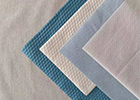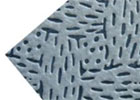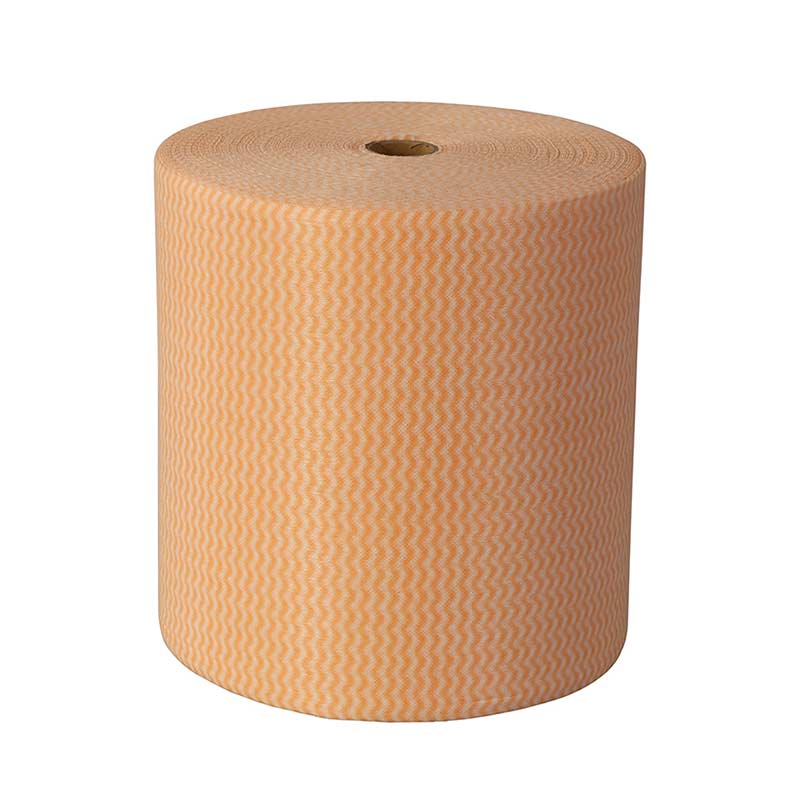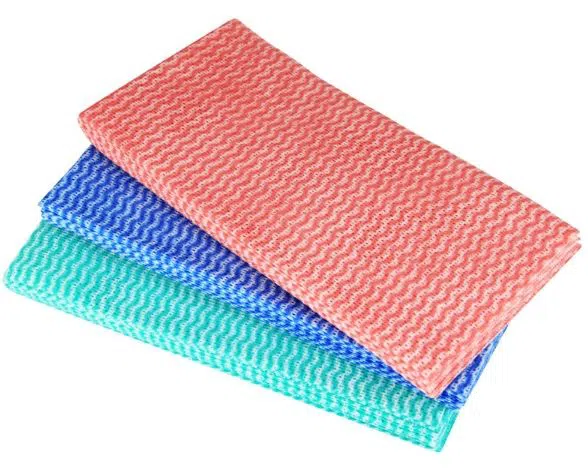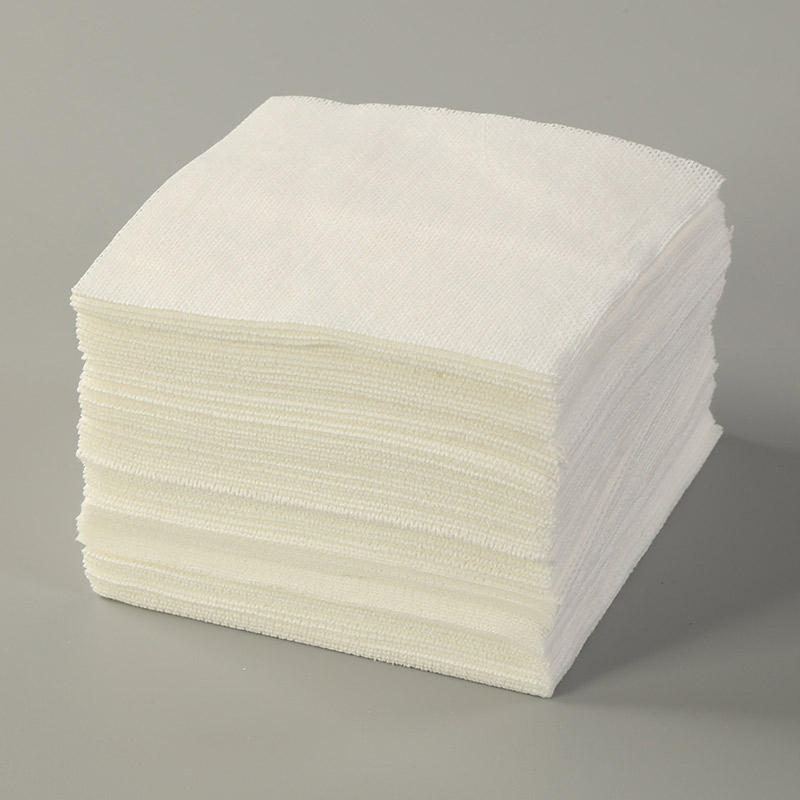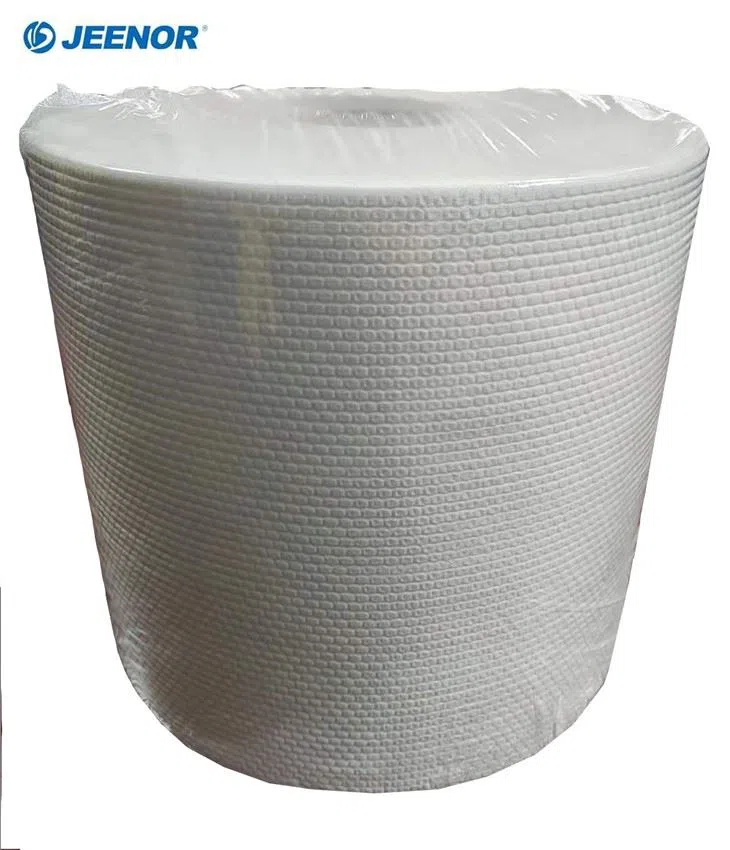What Products can Non-woven Fabrics be Made of
What Products can Non-woven Fabrics be Made of
Non-woven fabrics are made from a variety of natural and synthetic fibers. The most common fiber used in non-woven fabrics is polypropylene. Other fibers that can be used include polyester, nylon, and rayon.
Non-woven fabrics can be made from a variety of materials, including paper, plastic, metal, and glass.
Non-woven fabrics are made from a variety of materials, including paper, plastic, metal, and glass fibers. The most common type of non-woven fabric is polypropylene fabric, which is made from melted plastic that is forced through a die.
Non-woven fabrics can be made from a variety of materials, including:
Polypropylene (PP)
Polyethylene terephthalate (PET)
Nylon (PA)
Rayon
Spunlace
Cotton
Linen
Jute

Is non-woven fabric degradable?
Non-woven fabric is a fabric-like material made from long fibers, bonded together by chemical, mechanical, heat or solvent treatment. The term is used in the textile manufacturing industry to denote fabrics, such as felt, which are neither woven nor knitted.
Non-woven materials typically lack strength unless densified or reinforced by a backing. They are generally absorbent, liquid repellent, resilient, stretchable, soft, strong and tear resistant.
Non-woven materials are used in a wide range of applications:
- Hygiene (e.g., disposable diapers)
- Health care (e.g., surgical gowns)
- Filtration (e.g., air filters)
- Geotextiles (reinforcement of embankments)
- Agriculture (e.g., crop covers)
- Bags and packaging materials
- Furniture - Wipes - Battery separators
Yes, non-woven fabric is degradable.Non-woven materials typically lack strength unless densified or reinforced by a backing. In recent years, non-wovens have been increasingly substituted for woven fabric in applications where their properties are advantageous over those of woven cloth, such as in filter media when wet strength is necessary, and disposable personal hygiene products where durability and comfort are important.
How to choose non-woven fabrics
Non-woven fabrics are made from long fibers, bonded together by physical, chemical, or mechanical means.
The manufacturing process of non-woven fabrics is different from that of woven or knitted fabrics. In woven and knitted fabrics, the fibers are interlaced in a set pattern; in non-wovens, they are randomly arranged.
Here are some tips on how to choose non-woven fabrics:
1. Consider the intended use of the fabric. Non-wovens are used in a variety of applications, from medical to industrial to personal care. Each application has specific requirements for fabric properties such as absorbency, strength, and filtration efficiency.
2. Determine the desired properties of the fabric. Non-wovens can be designed to have a range of properties, such as absorbency, flame retardancy, electrostatic charge, and wet strength.
3. Consider the manufacturing process. The choice of manufacturing process will affect the final properties of the fabric.
4.The weight or thickness of the fabric. Lighter weight fabrics are less durable but can be less expensive. Heavier weight fabrics will be more durable but can be more expensive.
5.The type of material the fabric is made from. Polypropylene is the most common type of material used for non-woven fabrics, but there are other options available as well.
6.The intended use of the fabric. Non-woven fabrics can be used for a variety of applications, so it's important to choose a fabric that is suited for your specific needs.
About JEENOR material
Hangzhou Jeenor Industrial Co., Ltd., manufacturers and converts nonwoven materials at factories in Hangzhou-near Ningbo port and Shanghai port. The company was founded in 2008, formerly called Hangzhou Jeenor Cleaning Supply Co., Ltd.With roots in spunlace nonwovens, we began producing in 2008 on one line, expanded these two years with two additional spunlace lines, and can currently make 9,000 tons of spunlace nonwovens in widths ranging from 1.5 to 3.5 meters per year.




